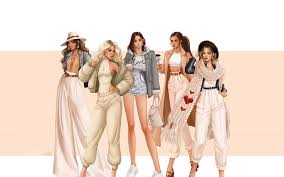
What is fashion and their use in different fields
Fashion encompasses much more than just clothing; it’s a complex and ever-evolving cultural phenomenon that influences how we dress, express ourselves, and perceive style. At its core, fashion is a form of self-expression, reflecting individual tastes, preferences, and identity. Here are a few key aspects that help define what fashion is:
What is Fashion:
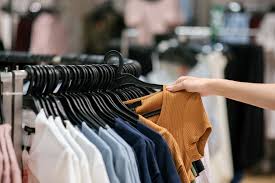
- Style and Trends: Fashion involves staying current with the latest styles, trends, and aesthetics. Trends can be influenced by a variety of factors, including popular culture, celebrities, social media, and global events. Keeping up with fashion trends allows individuals to express their personality and creativity through their clothing choices.
- Design and Creativity: Fashion design is the process of creating clothing, accessories, and footwear that are both functional and aesthetically pleasing. Fashion designers draw inspiration from various sources, including art, culture, history, and technology, to create unique and innovative designs that push the boundaries of style.
- Cultural and Social Significance: Fashion is deeply intertwined with culture and society, reflecting cultural norms, values, and identities. Different regions and communities have their own unique fashion traditions and clothing customs, which can vary widely depending on factors such as geography, religion, and socioeconomic status.
- Industry and Commerce: Fashion is also a multi-billion-dollar industry that encompasses various sectors, including design, manufacturing, retail, and marketing. Fashion brands and retailers cater to diverse consumer markets, offering a wide range of products and services to meet the needs and preferences of their target audience.
- Expression and Identity: Fashion serves as a form of self-expression and identity, allowing individuals to communicate their personality, values, and sense of belonging. What we wear can convey messages about who we are, where we come from, and what we stand for, making fashion a powerful tool for self-discovery and social interaction.
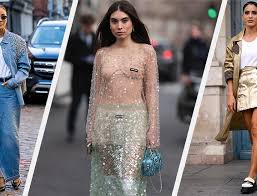
Overall, fashion is a dynamic and multifaceted realm that encompasses a wide range of artistic, cultural, and commercial elements. It shapes how we perceive ourselves and others, influences our social interactions, and reflects the ever-changing landscape of society and culture.
fashion modelings
- Runway Modeling: Runway models, also known as fashion models or catwalk models, showcase designer clothing and accessories by walking the runway during fashion shows. They are typically tall, slender, and have distinctive features that complement the designer’s aesthetic. Runway modeling requires poise, confidence, and the ability to embody the designer’s vision while walking gracefully and confidently in front of an audience.
- Editorial Modeling: Editorial models appear in fashion magazines, editorial spreads, and advertisements. They work closely with photographers, stylists, and makeup artists to create visually compelling images that tell a story or convey a specific mood or theme. Editorial models often have versatile looks that can adapt to various fashion concepts and styles.
- Commercial Modeling: Commercial models promote products and services through advertisements, commercials, catalogs, and online campaigns. Unlike high fashion models, commercial models typically have a more mainstream or relatable appearance and represent a diverse range of ages, sizes, and ethnicities. They may specialize in specific niches such as beauty, lifestyle, fitness, or commercial print modeling.
- Fit Modeling: Fit models work behind the scenes with clothing designers and manufacturers to ensure that garments fit properly and flatter the body. They serve as live mannequins, providing feedback on the fit, comfort, and functionality of clothing during the design and production process. Fit models come in various sizes and proportions, and their measurements often closely match those of the target demographic for the brand or clothing line.
- Social Media Influencers: With the rise of social media platforms like Instagram, fashion models have expanded their reach and influence beyond traditional avenues. Social media influencers, often with large followings, collaborate with brands to promote products, endorse fashion trends, and engage with their audience through sponsored content, brand partnerships, and affiliate marketing.
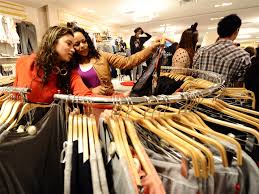
Fashion modeling requires dedication, resilience, and the ability to adapt to ever-changing trends and industry standards. It’s a demanding profession that offers opportunities for creativity, self-expression, and the chance to work with renowned designers, photographers, and brands in the dynamic world of fashion.
fashion in different fields
Fashion permeates various fields beyond just clothing and accessories. Here’s a look at how fashion intersects with different areas:
- Interior Design: Just as fashion trends change, so do interior design trends. Concepts like color palettes, patterns, and textures often mirror fashion trends. Interior designers draw inspiration from runway collections and incorporate elements of style into their designs for homes, offices, and public spaces.
- Automotive Design: Car design often takes cues from fashion, especially in terms of aesthetic trends and materials. Luxury car brands, for instance, may collaborate with fashion designers to create special edition vehicles, merging the worlds of high fashion and automotive design.
- Technology and Wearables: Fashion and technology are increasingly merging, giving rise to wearable tech like smartwatches, fitness trackers, and even smart clothing embedded with sensors. These innovations not only serve functional purposes but also reflect style preferences and fashion sensibilities.
- Film and Television: Costume design is a crucial aspect of filmmaking and television production. Costume designers work closely with directors and producers to create characters’ looks, which help convey personality, time period, and narrative themes. Iconic costumes from movies and TV shows often influence real-life fashion trends.
- Art and Photography: Fashion photography and art frequently intersect, with photographers capturing clothing and accessories in visually striking ways. Fashion photography isn’t just about showcasing garments; it’s about storytelling, conveying mood, and evoking emotions through imagery.
- Architecture: Fashion and architecture share common elements of design, proportion, and functionality. Architectural structures and buildings often inspire fashion designers, and vice versa. Fashion shows sometimes take place in architecturally significant venues, highlighting the connection between the two disciplines.
- Hospitality and Events: Fashion plays a role in setting the ambiance and style of hospitality venues, such as hotels, restaurants, and event spaces. From upscale boutique hotels with trendy decor to themed fashion events held in glamorous locations, fashion influences the aesthetic experience of hospitality.
These intersections demonstrate the versatility and influence of fashion across various fields, showcasing its ability to inspire creativity and shape aesthetics beyond the realm of clothing.
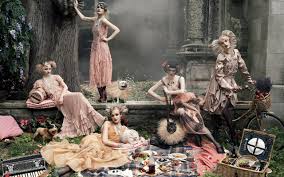




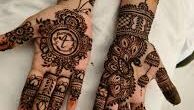
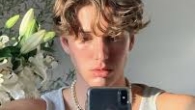
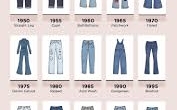
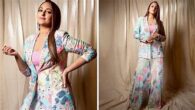
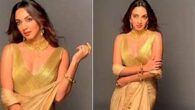
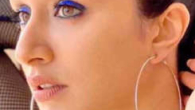
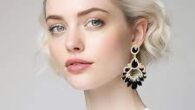
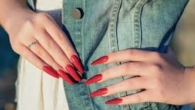
Leave a Reply